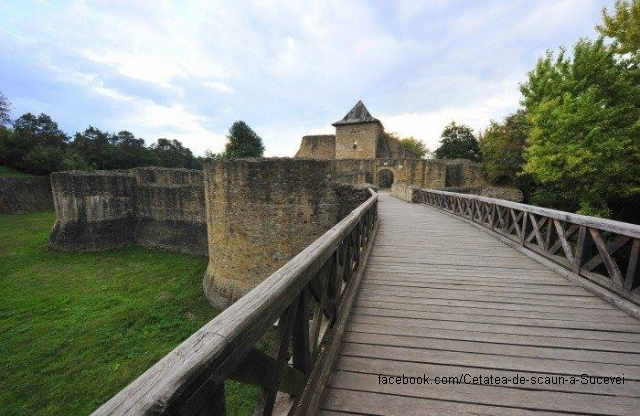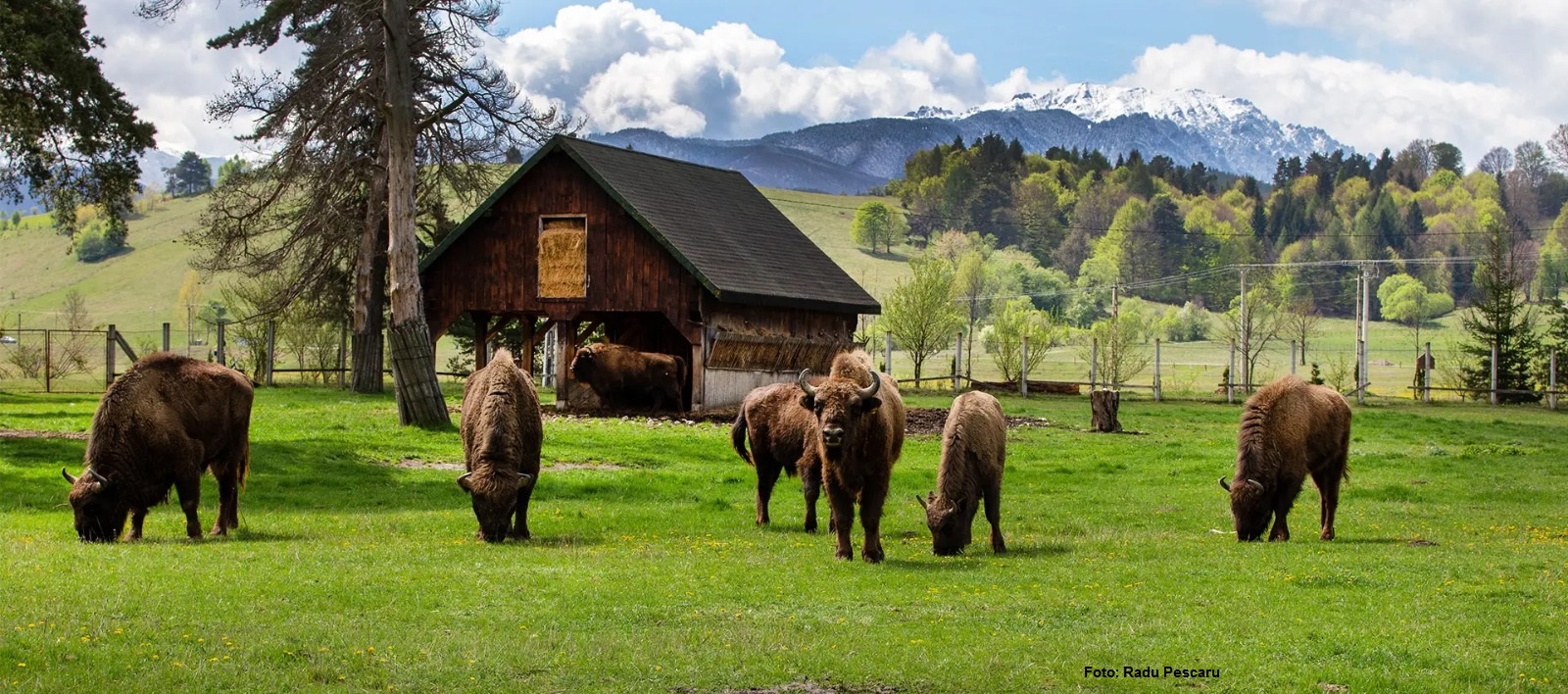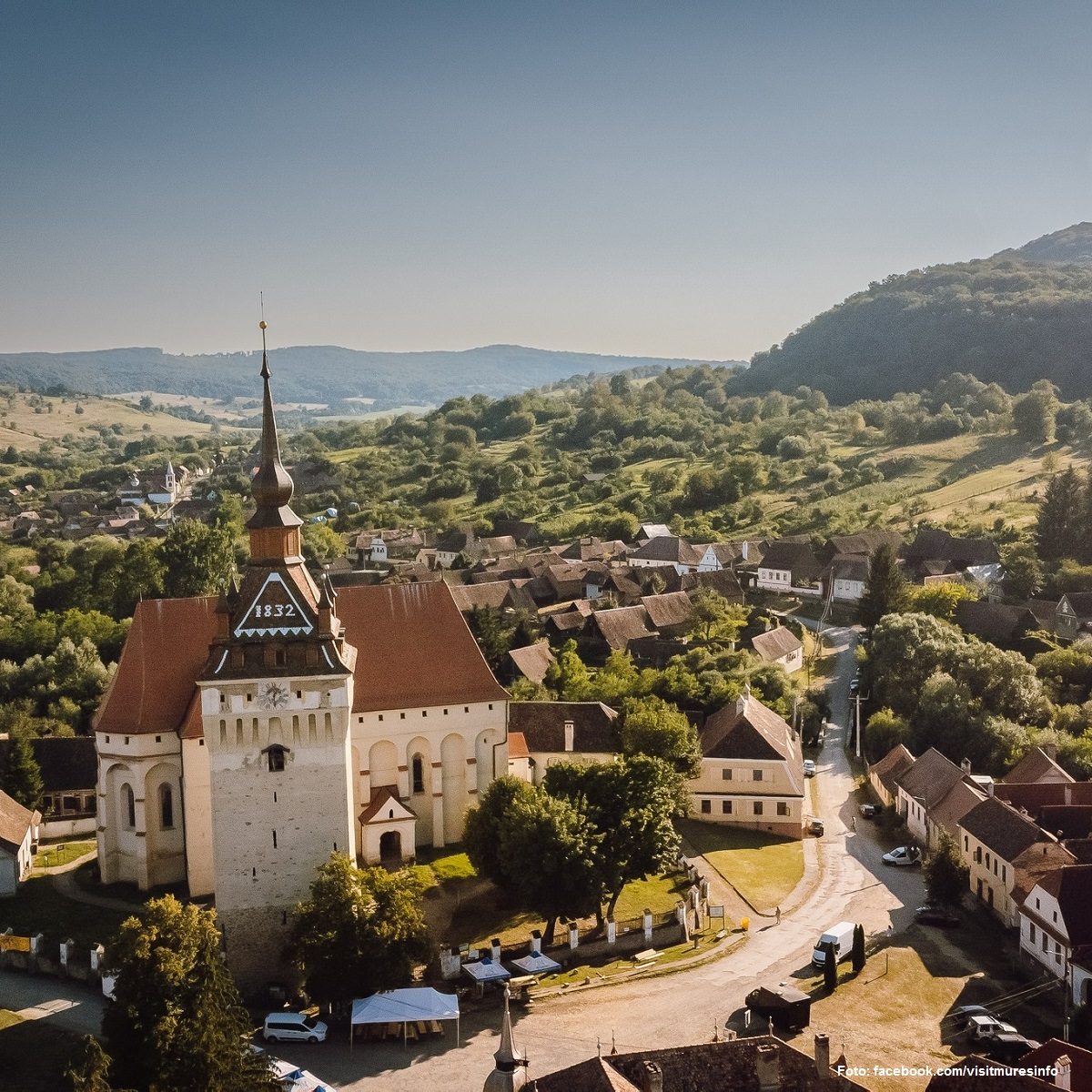The Princely Court of Suceava
Erected at the end of the 14th century, close to the medieval town of Suceava, the Princely Court Fortress of Suceava was, for almost 200 years, the home of Moldovian rulers.
Warning: Trying to access array offset on null in /home/web/rri.ro/public/wp-content/themes/rri/template-parts/content.php on line 53

Warning: Trying to access array offset on null in /home/web/rri.ro/public/wp-content/themes/rri/template-parts/content.php on line 98
Daniel Onea,
31.03.2022, 13:28
Erected at the end of the 14th century, close to the medieval town of Suceava, the Princely Court of Suceava was, for almost 200 years, the main residence of Moldovian rulers. Constantin Emil Ursu, the head of the Bukovina National Museum, tells us more about the history of this fortress, which goes down in history as never conquered: ”The eastern part of Romania, was, until 1859, a state of its own, a principality set up in the 14th century in north-eastern Romania. The Suceava Princely Curt was the emblematic seat of the Moldavian rulers. Apart from being a fortress and having a defensive purpose, the court also housed the Romanian state treasury. It was first mentioned by documents in 1388, during the rule of Petre I Musat, in a letter to the Polish King, by which Moldavia lent Poland more than 3,000 silver coins, today the equivalent of 50 kilograms of gold. ”
The Princely Court was built in several stages, as Consantin Emil Ursu tells us: ”It was expanded in the 15th century, during the rule of Stephen the Great, in two separate stages. The first stage was before 1476 and the second stage after this date, when the Princely Court was given the shape and size it has today. More exactly, Stephen the Great built the exterior walls, which, after 1476, were doubled. The ruler also built there a defensive ditch of around 10-m wide. The following rulers would also make repairing works or extend the building. The citadel was the most important architectural building as long as the capital of Moldova was in Suceava. When ruler Alexandru Lapusneanu moved the capital to Iasi, Suceava fell into oblivion. Nevertheless, the citadel would preserve its importance in the geopolitical context of the 16th and 17th century. Unfortunately, at the end of the 17th century, it was tore down and it fell to ruin until the end of the 19th century, when Austrian architect Karl Romstorfer started works in an attempt to bring to light what was left of it. The archaeological works and measurements were made with such accuracy, that many collection items from the Princely Court were retrieved and are now exhibited. ”
The museum recomposes, for the first time, the most complete image of the Suceava Fortress and highlights its Gothic style that dominated the 15th century. The decorative elements such as the stoves, blend local and central European elements. Also, there is a multimedia systems with a medieval historical theme and the video projections with topics related to the history of the fortress. Constantin Emil Ursu: ”From 2010 to 2015, following extensive restoration works, financed from European funds, the fortress changed its face. Walls have been rebuilt and certain rooms restored. Following a fire, there were modifications of the geological structure of the plateau the fortress is built on, and landslides were reported until 2010. The citadel is now fully refurbished and starting 2016 it venues a permanent interactive exhibition. ”
The citadel offers visitors a lot of surprises. In the evening tourists are invited to attend a wonderful light and sound show. Opening hours are Tuesday to Sunday from 10 am to 6 pm and from 9 am to 5 pm on Sunday and Saturday. The price of a ticket that offers access to the permanent exhibition is 3 euro. Constantin Emil Ursu tells us how tourists react after visiting the citadel: ”What we know from the comment book, is that impressions are always positive. With the opening of the permanent exhibition in an unconventional space, the Romanian and foreign visitors are taken back in history and find out details about the Moldavian Middle Ages. We have materials in a number of foreign languages and an audio guide that can be downloaded on the mobile phone and even stored there. ”
In the month of August, the Medieval Art Festival is held. Theatre plays, medieval dance and music and knight fighting are attracting a large number of visitors.






























